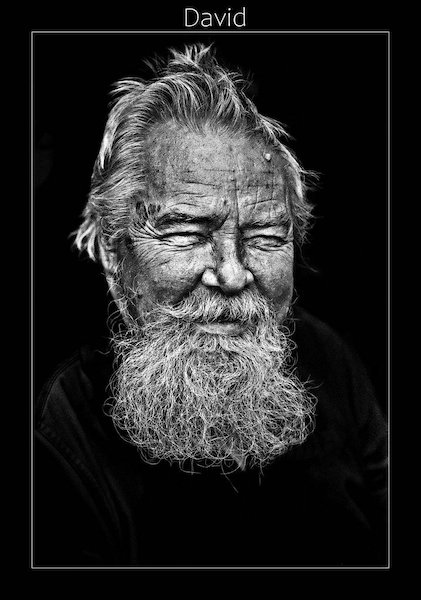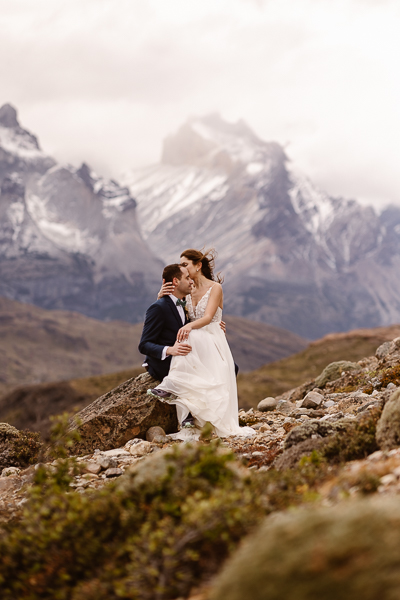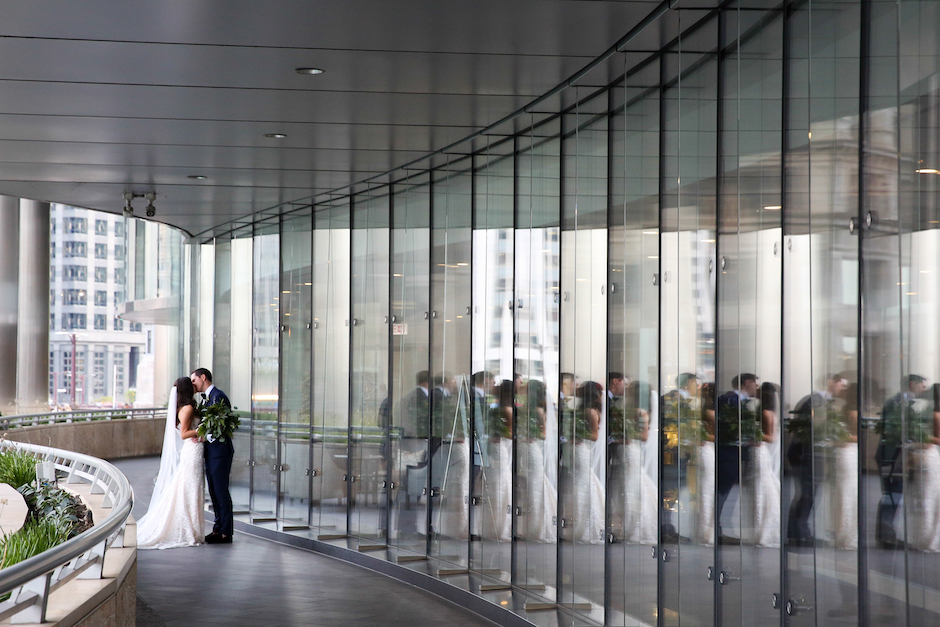Wild Beauty
May 1, 2011
P iper MacKay, like so many photographers before her, came to her craft by chance. She was plugging along in a fashion career, wherein she had been firmly planted for 20 years, working in design and textiles. She knew she yearned for something else, but a new direction eluded her—until the Long Beach, CA, native took a trip to Africa in 2004 that changed the trajectory of her career—and her life.
“I went to Africa for the first time with the Sierra Club, and was given a list of what to bring, and a 300mm lens was on it. I went to a camera shop and said, ‘What’s that?’ ” Piper laughs. “I fell in love with Africa on that trip, and with photography.”
Piper went back to the continent three times in six months. During that period her camera bag got a lot heavier: She added a Canon 20D body and 70–200mm f/2.8L IS lens with a 1.4X tele-extender. The following year she brought a Canon EOS-1D Mark II and a 500mm f/4.0 L IS lens.
She began submitting her work to a variety of magazines, and within 18 months of first picking up a camera, an image she shot ran in Birder’s World (now Bird Watching) magazine.
“I first submitted shots of birds, but the editor happened to be featuring Africa,” Piper remembers. “After receiving my shots, he went to my Web site and saw that I had some shots of gorillas, and he asked me to send those.” Six months later, she also had an image highly honored in a Nature’s Best Photography magazine contest—one of the industry’s most respected publications.
Her prints in Birder’s World and Nature’s Best Photography helped Piper secure two stock agents, which gave her the courage to take the leap of faith and leave the fashion industry behind. Piper describes how that first break at Birder’s World happened, which helped bolster the newly minted photographer’s confidence. It was a capture of gorillas in Rwanda that wound up getting published. And from there Piper kept going full-steam ahead. “I found the gift of my true calling, and it just overtook me,” she says.
A Wild Life
While photojournalists travel to foreign lands to capture the news, and often what is wrong in the world, Piper has a different objective—to capture what is right.
“The world has enough images of poverty and pain, and though it is hard sometimes not to get swept up in that, I’m not choosing that as my line of work,” she explains. “I want to celebrate what is beautiful.”
Her dedication to capturing beauty in the wild sometimes means going without the modern comforts of cushy hotel beds and warm showers. Piper’s trips to Africa can be a month long or more. To capture her stunning images of cheetahs, leopards, lions (she admits a love of big cats), elephants, zebras and the like, Piper will often set up camp outside of a national park, and may follow an animal for as long as eight hours, waiting for the golden light of dawn or dusk to collide with a special moment.
While she isn’t formally trained in animal behavior, she has studied animals since childhood—an interest that was cultivated growing up in California, near a park called Lion Country Safari. Piper describes it as an open space designed to mimic a natural habitat, where tourists could drive their cars through to get a peek. (Sadly, the park closed several years ago.)
“Other kids wanted to go to Disneyland and I wanted to go to Lion Country Safari,” says Piper, who made it her mission to learn as much as she could about the exotic animals she saw growing up. This knowledge has come in handy on her trips, as she knows when she is witnessing a truly amazing moment—like spotting a cheetah with six cubs on the Masai Mara, a large game reserve in Kenya.
Why is that so amazing? Because most cheetahs have between three and five cubs, and only five percent of the cubs survive. Piper knew the miracle of what she was seeing, and she followed the mom and four-week-old cubs for 10 days.
Of this journey, she says, “Not only did I capture some great moments, but I experienced something very rare.” For Piper, the experience is as important as the great shot, and she will often put down her camera to be in the moment. Not coincidentally, it is her devotion to the total experience that produces her most striking work—especially when photographing the tribal people of her beloved continent.
Instead of showing up, snapping some pictures and leaving, Piper takes a different approach. She arrives in a village and spends time there before even picking up her camera. Many times, she’ll sleep in the village with the tribes and take part in tribal ceremonies—even allowing the tribal members to paint her.
“I think my photography is more whole because I really relate to my subjects,” Piper says. The Smithsonian agrees—Piper’s soulful images were displayed there as part of a Nature’s Best Photography exhibition in 2007 and 2008. Other gallery exhibits followed, and Piper has a cadre of editors who respect and request her work.
She’s started to dabble in teaching travel photography, showing others how to do everything from researching and finding the right trip, to securing a knowledgeable guide and maximizing their time in the field. Piper also covers the basics, like shot composition and lens selection. When possible, she prefers a Canon 5D Mark II camera body and the 500mm f/4.0 L IS lens, which she says gives her the cleanest, sharpest image when shooting wildlife.
Piper also uses the Canon EOS-1D Mark III and 7D camera bodies as well as the 70–200mm f/2.8L IS and the 16–35mm f/2.8 L USM—her preferred lenses when photographing tribes. It’s a lot of gear to tote around, but Piper uses a lightweight Kiboko camera bag, which is durable for her travels and helps her adhere to airline-weight restrictions.
A look at Piper’s Wild on Earth series may also make you curious about her postprocessing. Piper says, while she may crop an image, she never puts anything into a picture that wasn’t there. She did more post-processing work for Wild on Earth because she sought to highlight the emotion of the animals using art techniques. Most often, though, she keeps things simple, doing her basic editing in Aperture, and then using Nik Software Efex Pro filters to bring out nuances of color.
Even on the ground in Africa, modern technology allows Piper to share images immediately. She can interact via social media and her Web site, where she’ll often set up a private gallery for an editor who is requesting to see what she is capturing on her latest adventure.
Near and Dear to Her Heart
There are many causes that have become dear to Piper’s heart through her journeys. She has particular concern about the dwindling wildlife populations and Africa’s continued ivory trade. Sharing what is still beautiful through her photographs, she hopes to strike an emotional chord in her viewers, and hopefully compel them to action.
Piper, who gives volunteer talks to organizations about the Sierra Club and what she’s witnessed, says, “My hope is that my work can inspire people to travel and see these places for themselves. What is so gratifying is when people do go, and they come back and tell me, ‘That was the greatest experience of my life, and I can’t wait to go back.’ So many people get involved in the issues after making a trip to Africa.”
Piper’s newest adventure seems a natural one—leading other photographers on safari throughout the continent. “I’m gearing this toward anyone who wants a photographic experience, not just the professional photographer,” says Piper, who is partnering with a respected safari company. For those interested in details, they are available on her Web site. Any takers are guaranteed a passionate guide.
“When I land in Africa…I feel I was born to be there,” Piper says. “I have my camera in hand, and I’m most alive and fulfilled and in my element.”
To learn more about Piper, visit her Web site at www.pipermackayphotography.com.
Christy Rippel writes for Rangefinder from her home near Hershey, PA. She has contributed articles and essays to the Los Angeles Times, Pittsburgh Post-Gazette, Woman’s Day, Pregnancy and other publications. Contact her at christyrippelwrites@gmail.com.




